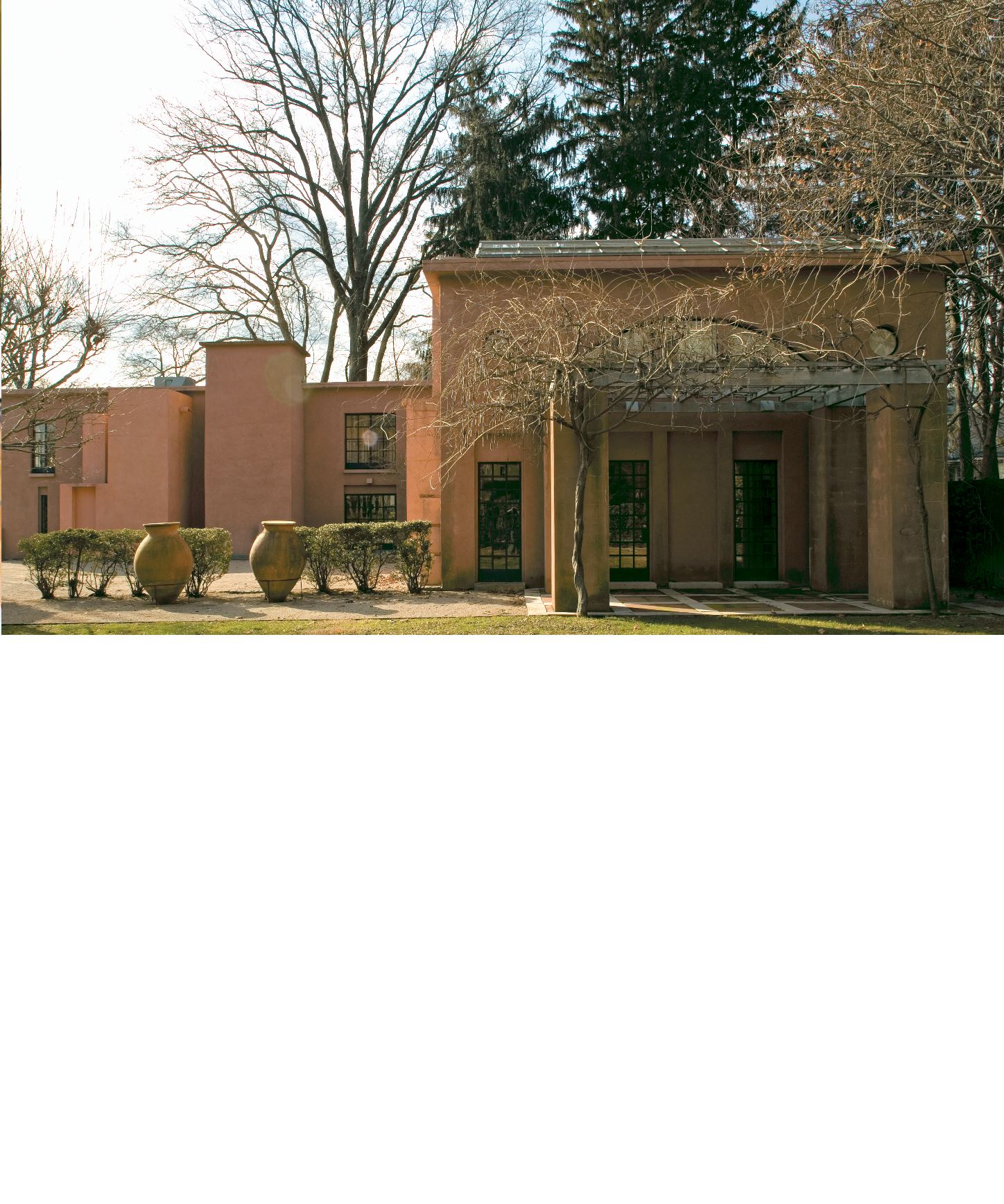
Kean. Like the inaugural class, many are first generation Americans, and
about one-third of the group is female.
Next fall, as the first group of students enters their third year of study,
they will relocate to Rome for a semester of courses amidst that city’s
living museum of architectural variety. It was his own experience in
Rome as a young man that Michael Graves often credited with giving
him “the stuff” he needed for success in his field.
Graves spent two years in Rome after receiving a master’s degree in
architecture from Harvard. He’d won the prestigious Rome Prize to be
a fellow at the American Academy; giving him full access to the ancient
city’s full range of architectural marvels, through all styles of building
design, dating back to antiquity. He spent much of his time drawing. “I
could go out in Rome and do nothing but draw buildings for an entire
day,” he remembered a few months before his death, “and all I’d get was
a pat on the back. That was so nice.”
The experience changed his life and his practice, seeding his later
decision to veer from the strict modernist theories that had dominated
the curriculumat Harvard – particularly the influential ideas of the French
architect, Le Corbusier, who famously said that a house is a “machine
for living.” Instead, Graves chose to move toward a more humanistic
approach to design, one that might include classical elements, whimsical
decoration, and the novel use of color. While many works of modern
architecture often elicit a quizzical scratch of the head from onlookers,
the best Michael Graves buildings usually provoke a satisfied smile.
“Delight has been underemphasized in architecture, especially
architectural education, for a long time,” says DavidMohney. “To find a way
to bring delight back in to architectural education seems a worthy goal.”
The delight that Michael Graves derived from his time in Rome, and
travels around Europe, were clearly evident in both the design and
furnishing of his home in Princeton. What The Warehouse brought to its
owner is something that Dean Mohney now hopes to share with both
the Kean University community and a wider public audience.
The converted warehouse where the architect lived and worked for
more than 40 years has somehow become, in many ways, a physical
manifestation of Grave’s spirit. That spirit might have been best
described when the American Institute of Architects (AIA) awarded
Graves a Gold Medal, its highest honor. “His art delights in the pleasure
of living,” the AIA citation read, “inviting the public, not as an observer
or even a guest, but as a participant in his joyous celebration of life.”
That life may have ended, but Kean’s stewardship of his “Warehouse”
promises to continue the joyous celebration; sharing Michael Graves
and his vision with a whole new group of observers and guests…
inviting them to participate.
KEANmag
37


